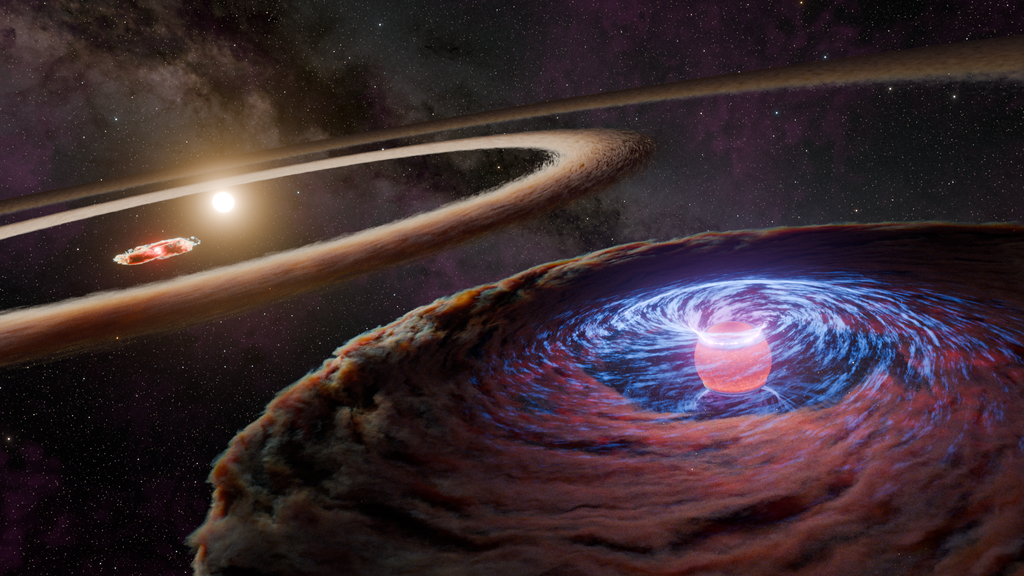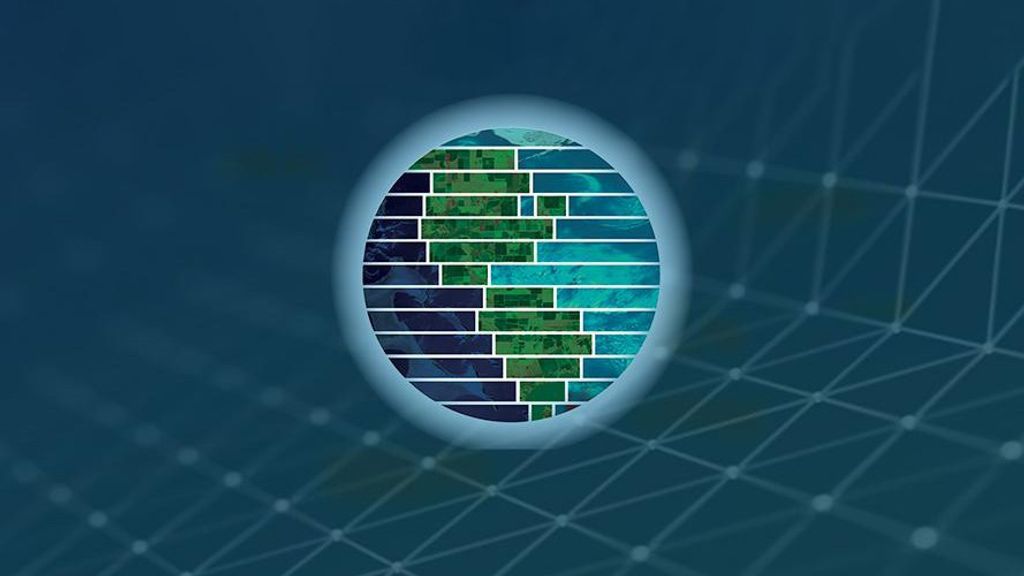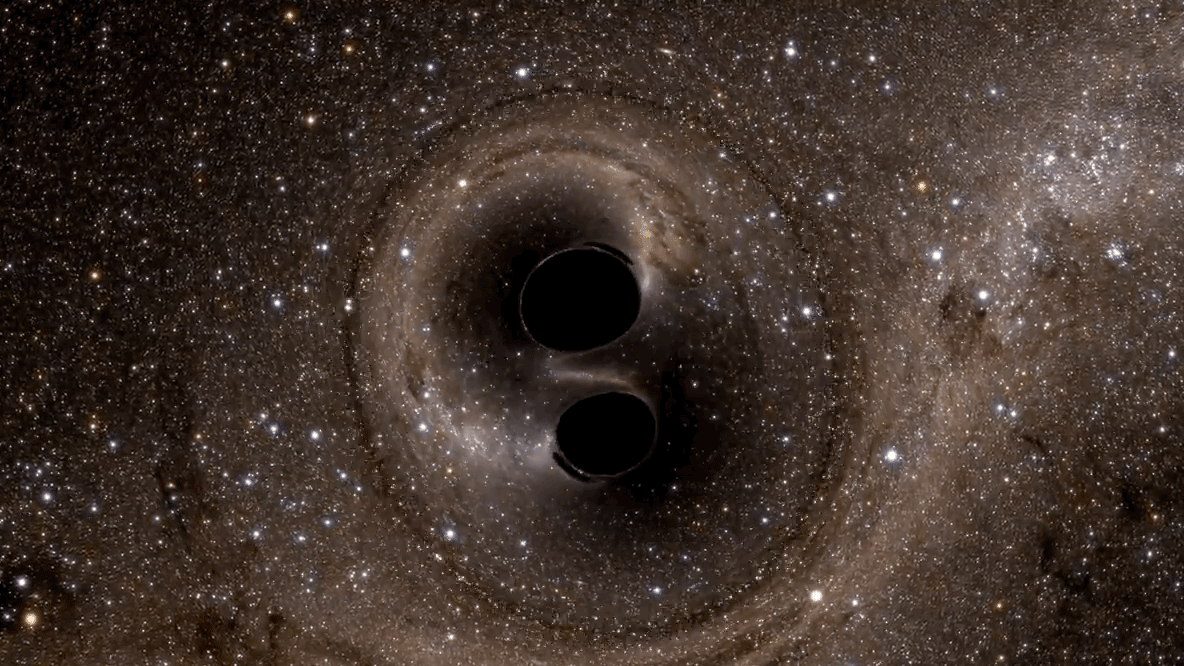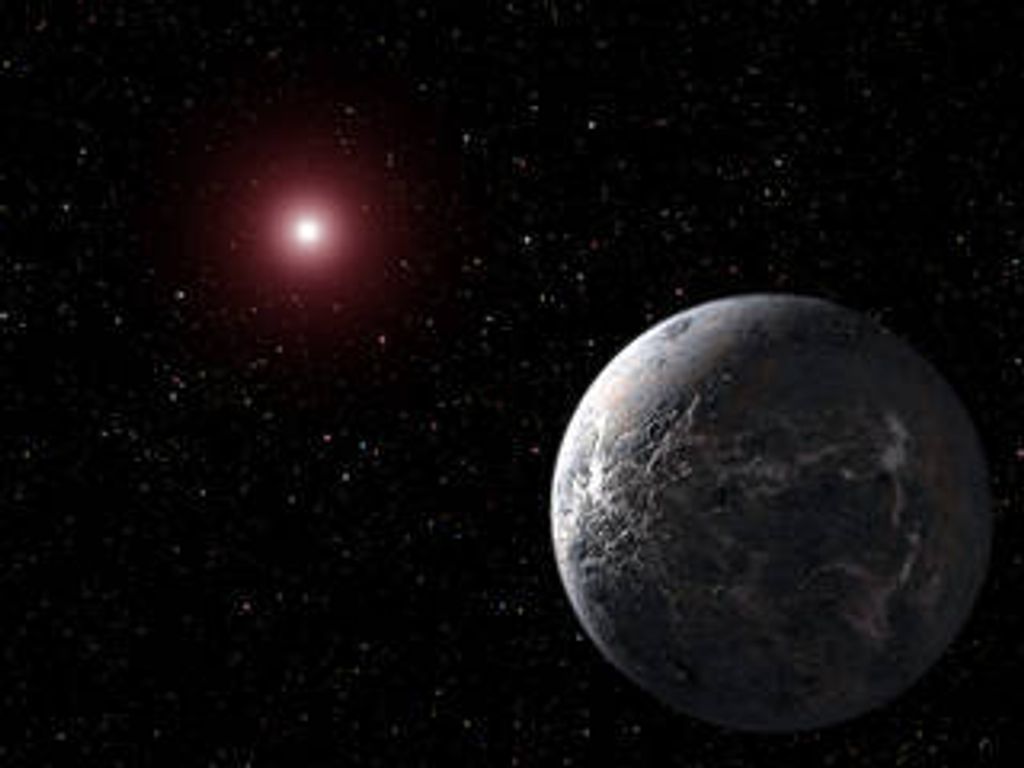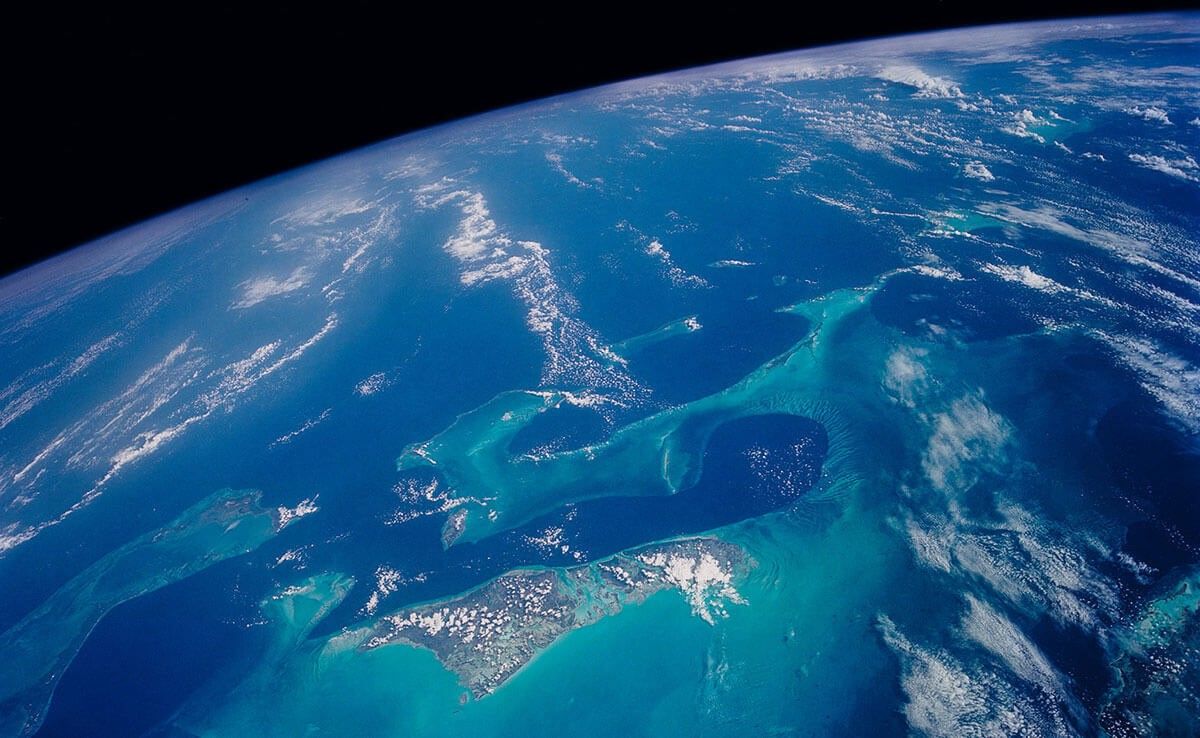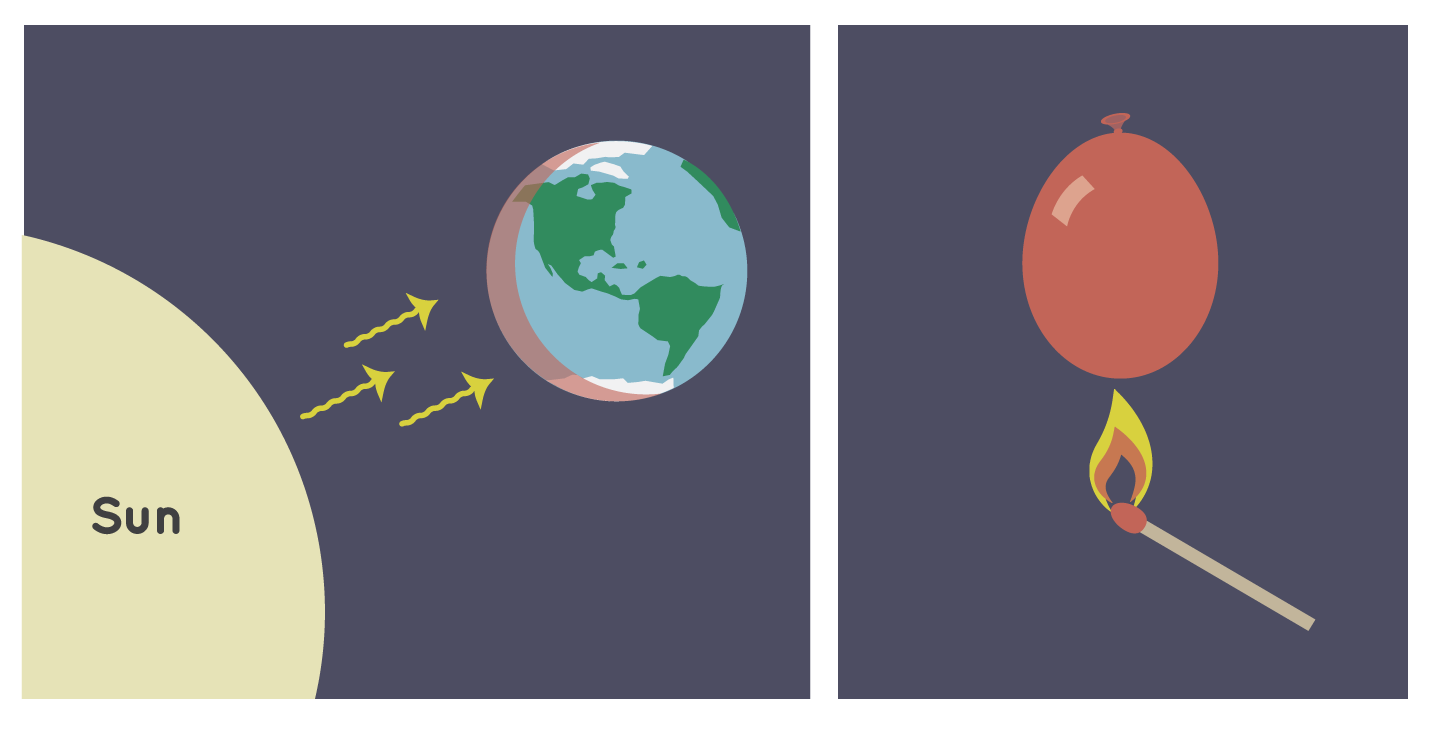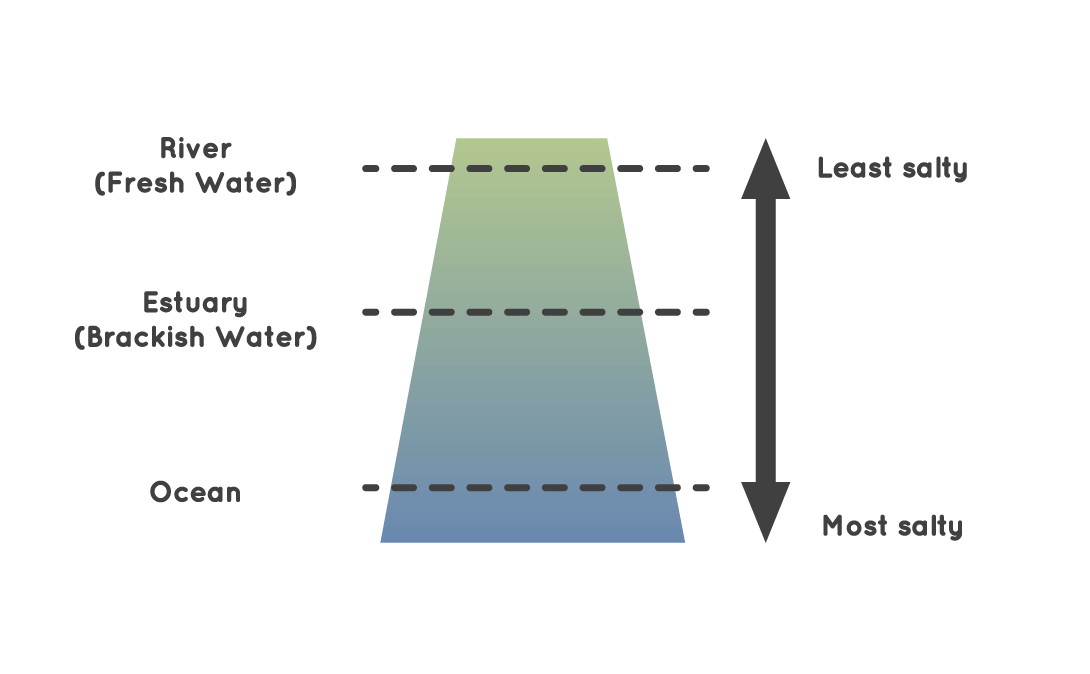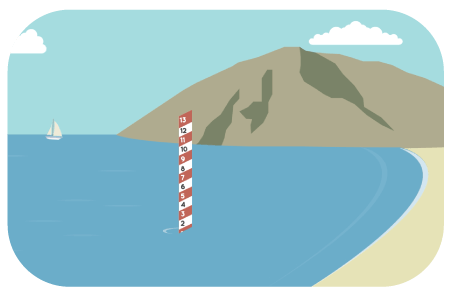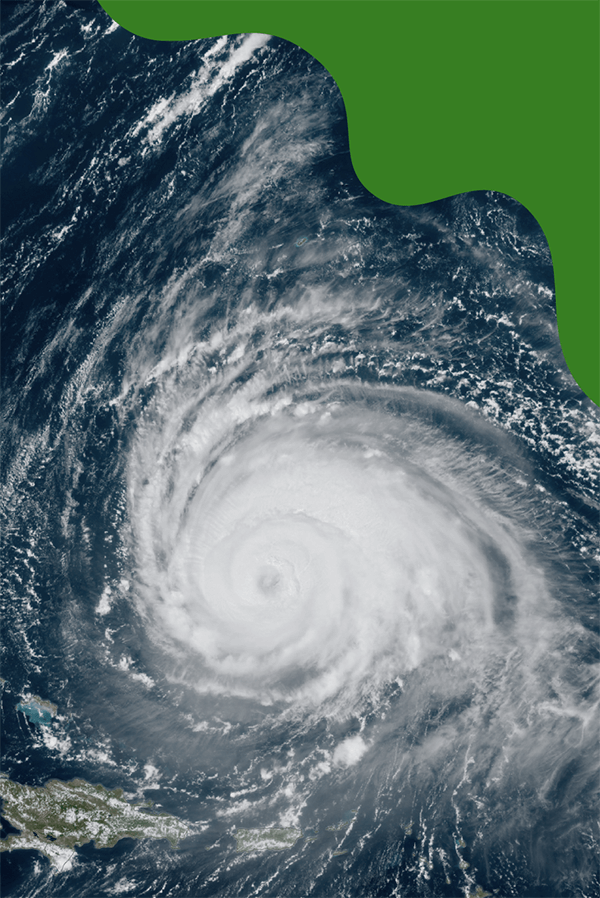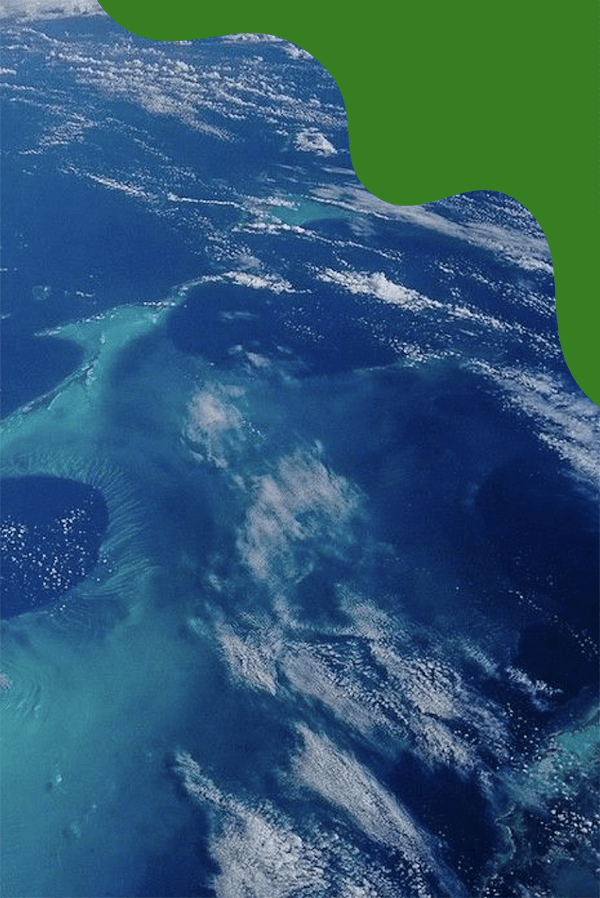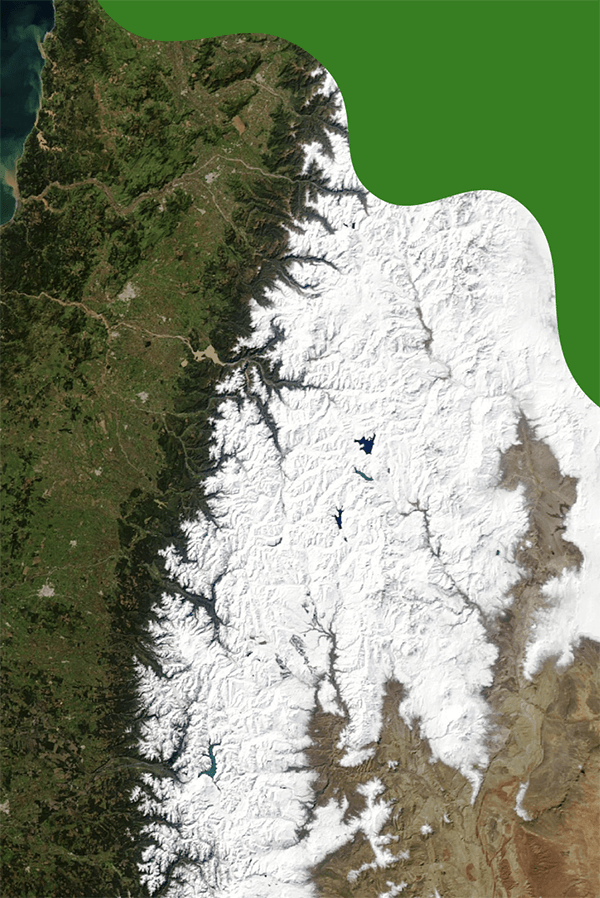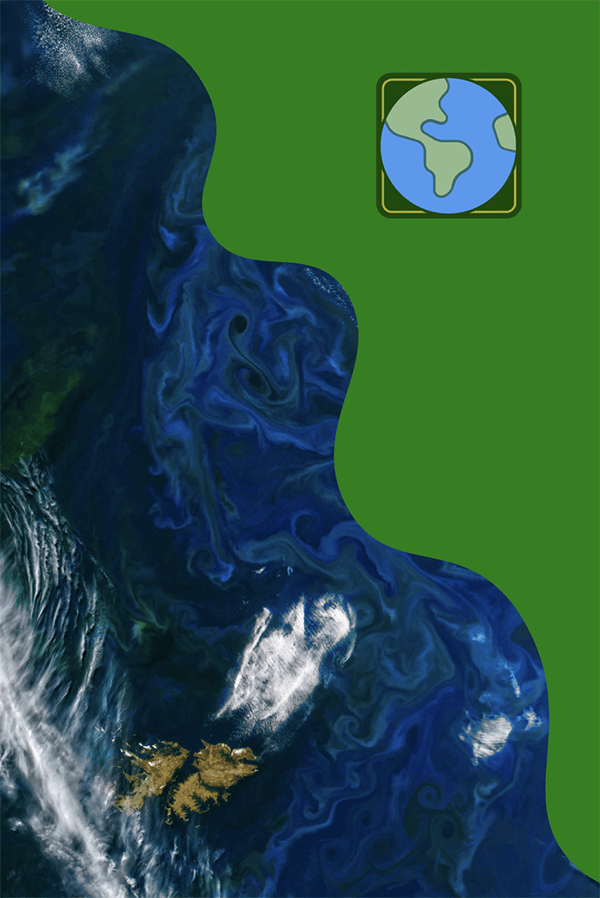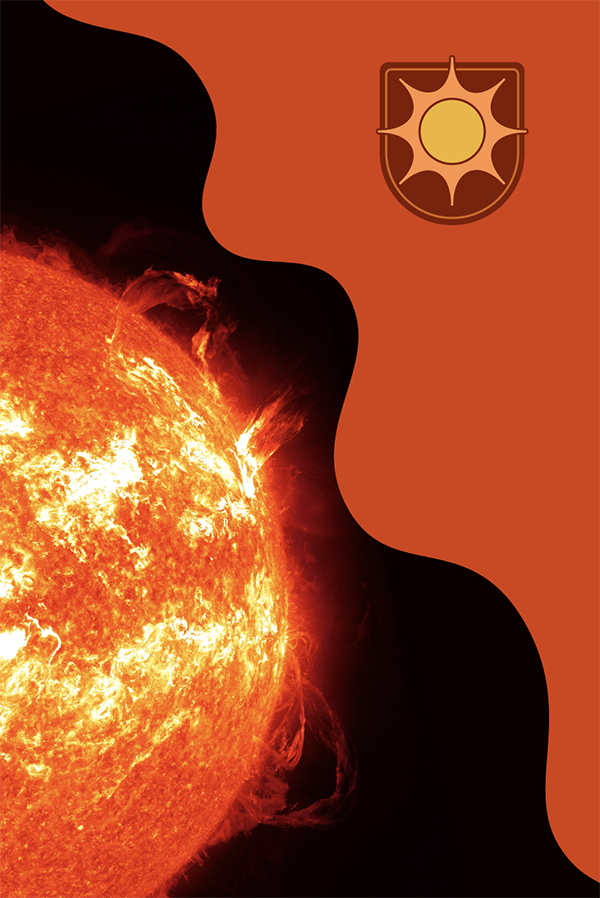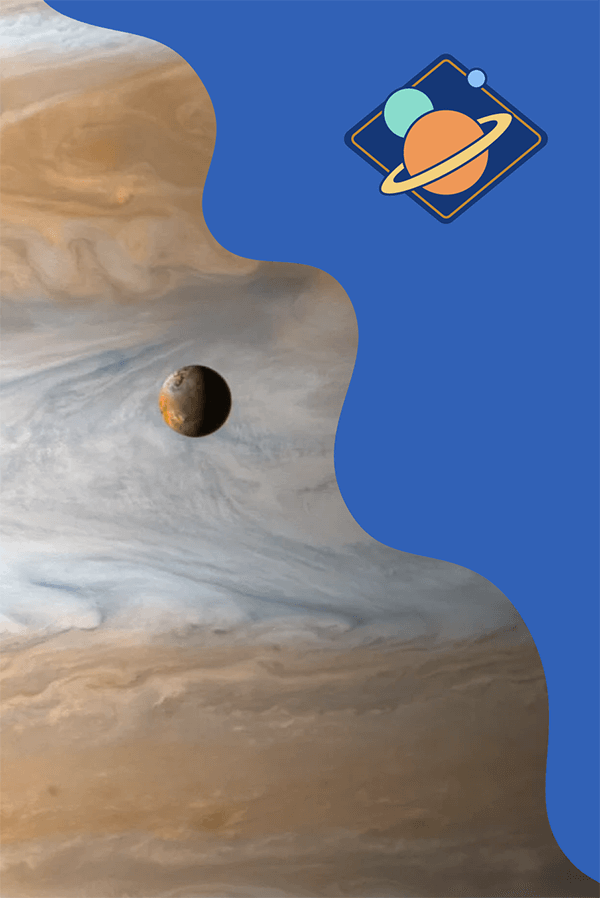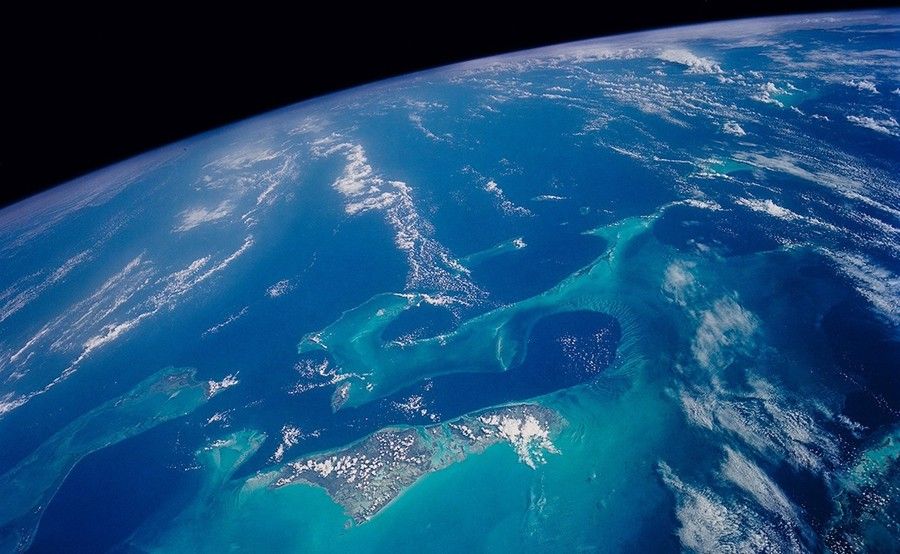


How Are Earth’s Ocean and Climate Connected?
The ocean covers about 70% of Earth’s surface. That means it plays a large part in how Earth works. The ocean helps drive Earth’s climate as it takes in and spreads around heat. As Earth’s atmosphere warms, so does the ocean. This causes sea levels to rise. It also impacts plants and animals that live in the ocean.
Why is the ocean important for life on Earth?
The ocean is important because it is a very large part of our planet. In fact, it covers around 70% of Earth’s surface. The ocean is a home for countless fish, marine mammals, plants, and more. It is also a food source for birds and other animals, including us.
The ocean plays an important role in how Earth works. It takes in heat from sunlight and then moves it around the planet. This is linked to Earth’s climate. That’s because temperature helps determine if a place is hot or cold, but temperature also affects if it is rainy or dry. And all of those things are linked to what life survives and thrives in a location.
How does the ocean soak up heat?
Water is excellent at storing heat. Water has a high heat capacity—it absorbs a lot of heat before it begins to get hot. Air, on the other hand, is not so great at storing heat. To compare, the top few meters of the ocean store as much heat as Earth's entire atmosphere.
As sunlight comes into Earth, it gets absorbed by the ocean. But sunlight isn’t the same everywhere, because Earth is a sphere. That means that the middle, or tropics, get more direct sunlight than the top and bottom (poles). But the ocean moves the heat around through ocean currents to make it more even. One group of ocean currents that does this is known as the “great ocean conveyor belt.” This is a large driver of Earth’s climate. It can impact weather too, like where it rains.

However, the ocean isn’t just moving heat, it also collects it. As Earth’s atmosphere traps extra heat from an increase in greenhouse gases, all that extra heat has to go somewhere. It turns out that so far, it's the ocean that’s taken in most of it. In fact, the ocean has absorbed around 90% of the extra heat.
Rising ocean temperatures can impact the many plants and animals that live in the ocean. This is similar to how warmer temperatures on land impact plants, animals, and us too.
Does the salt in the ocean do anything?
Like temperature, the amount of salt in the ocean also affects ocean currents. Saltier water is heavier than less-salty water. That means that saltier water will sink below water that’s less salty. The sinking of salty, cold water in certain places helps drive ocean currents and the movement of heat around the planet. These places include the North Atlantic and some areas off the coast of Antarctica.
Play "Go With the Flow" to use temperature, salinity, and ocean currents to find treasure!
How does melting ice impact the ocean?
As Earth warms, sea ice and ice on land melt. This could make the water less cold or less salty, and thus less likely to sink. Here is how.
Sea ice reflects sunlight, helping keep the water below it colder. If it melts, then the ocean water below it is exposed and absorbs the heat from sunlight. This warms up the water and causes more sea ice to melt.
Ice on land, like ice sheets in Greenland and Antarctica, have large amounts of fresh water stored in them. When ice on land melts, the fresh water flows into the ocean and mixes with the salt water. This makes the water less salty.
Without the cold, salty water sinking in the North Atlantic and around Antarctica, the ocean currents could slow down. That’s because the sinking water helps drive the currents and the movement of heat around the planet. This could change the climate in places like Europe that currently have milder climates, thanks to the warm currents in the oceans around them.
How does a warming ocean impact sea level?
For over 30 years, NASA and its partners have measured sea level height with satellites. The data shows that the global sea level is rising as Earth warms.
This is mainly because of two reasons. First, water expands as it gets warmer. So warm water takes up more space in our oceans, and leads to a higher global sea level. Second, melting ice on land flows into the ocean adding water to it. This also causes the sea level to rise.
Learn more about how we measure sea level.

